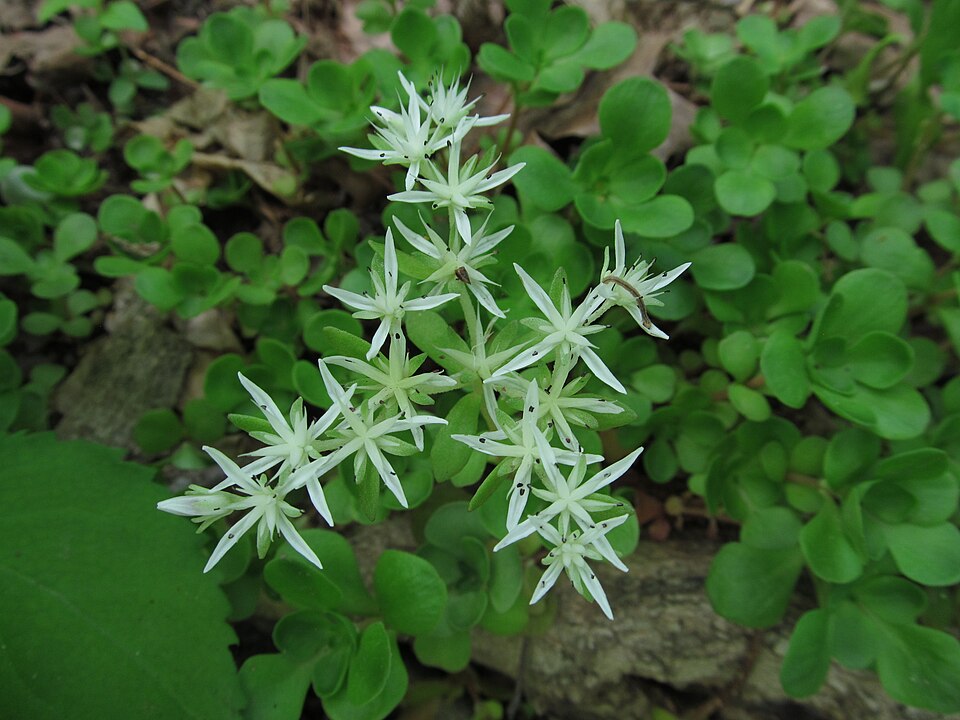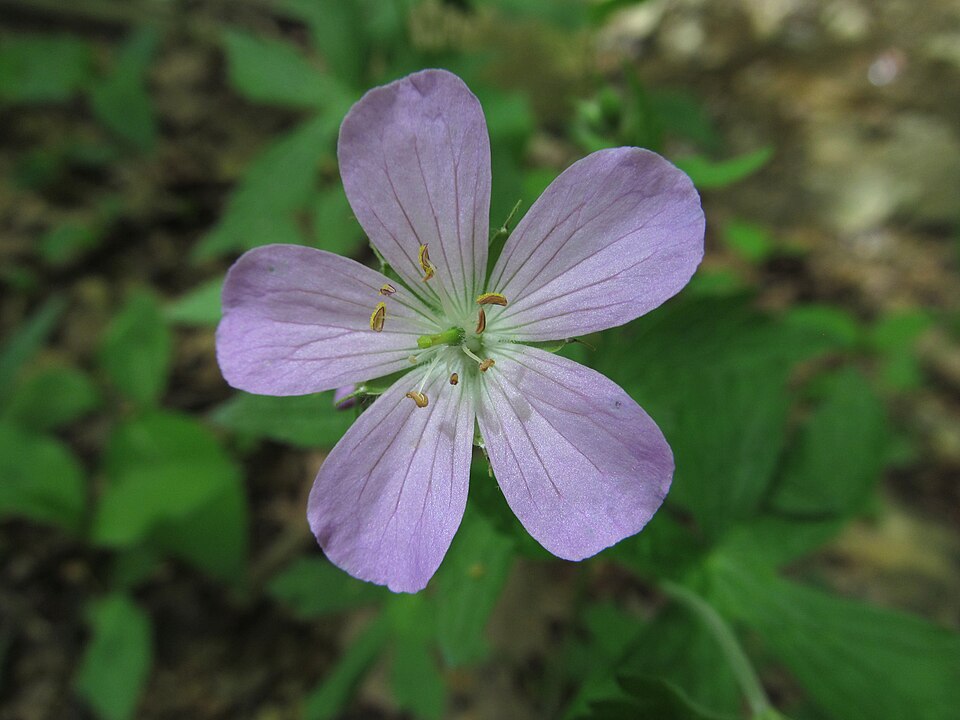
Wild Geranium in shades from pale pink to deep purple. These plants were all growing in the Kane Woods Nature Area, Scott Township.
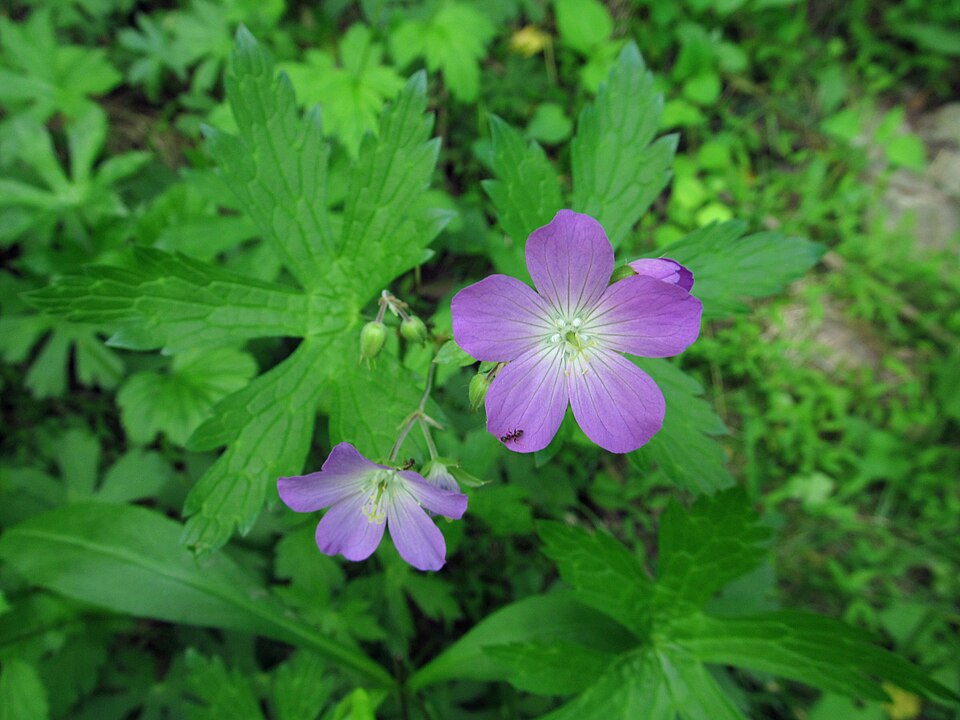
For a description of the species, see the Geranium maculatum reference page.
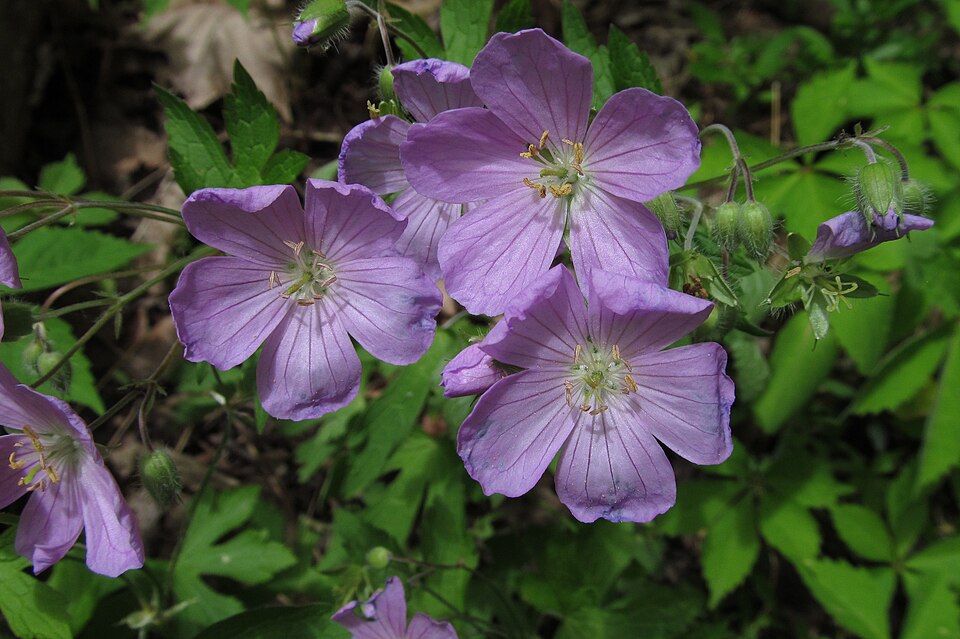
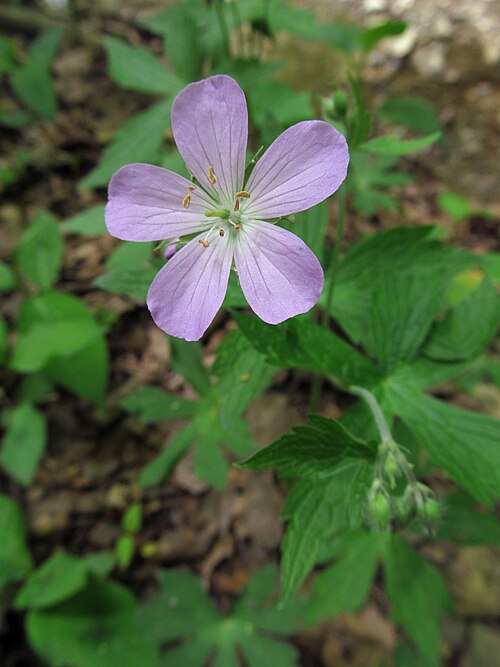
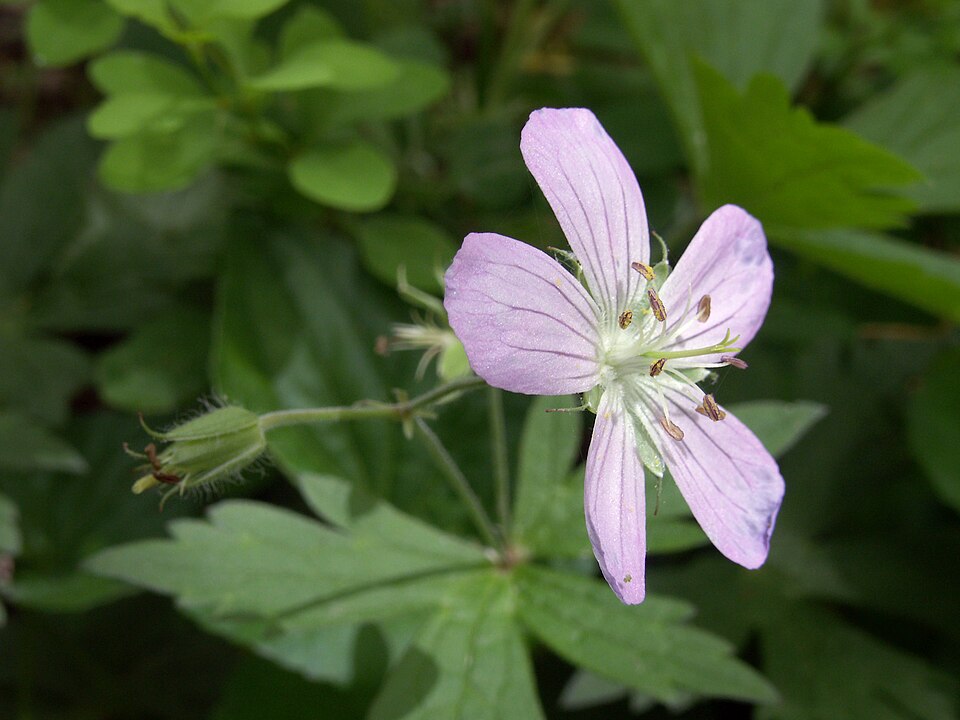
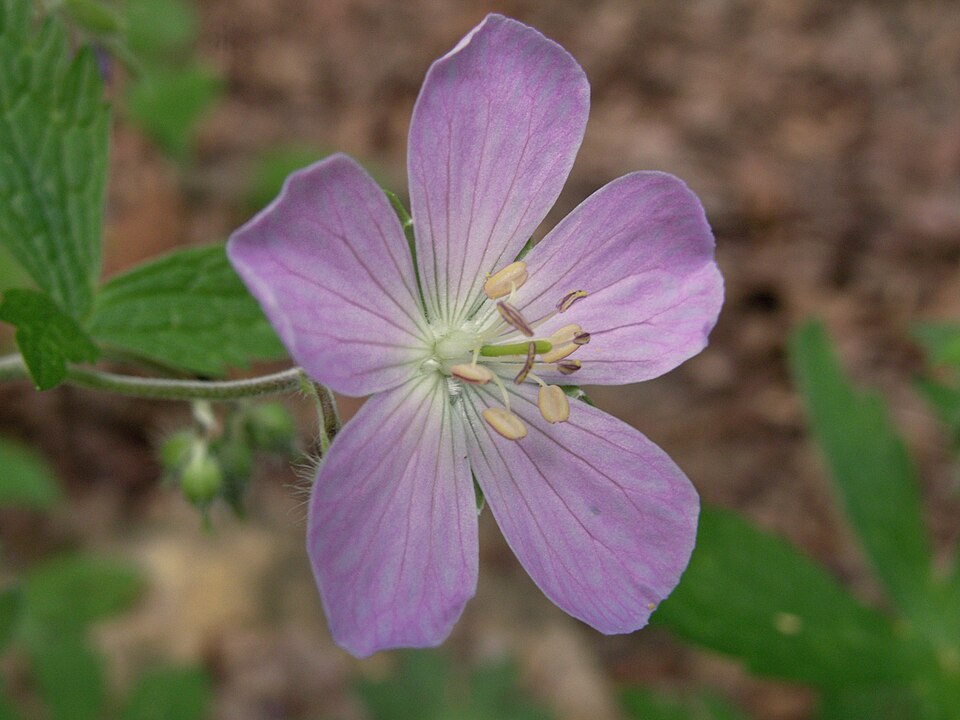
Comments

Wild Geranium in shades from pale pink to deep purple. These plants were all growing in the Kane Woods Nature Area, Scott Township.

For a description of the species, see the Geranium maculatum reference page.





Variegated flowers like these are not rare in Dame’s Rocket. These plants were blooming in the Kane Woods Nature Area in Scott Township.
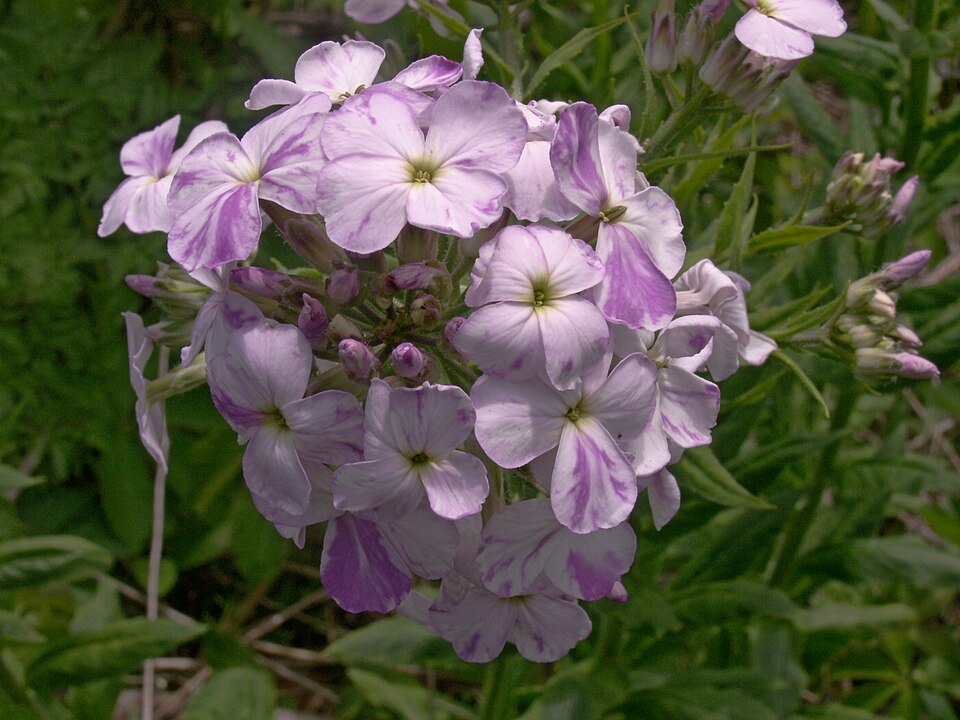
For a description of the species, see the Hesperis matronalis reference page.
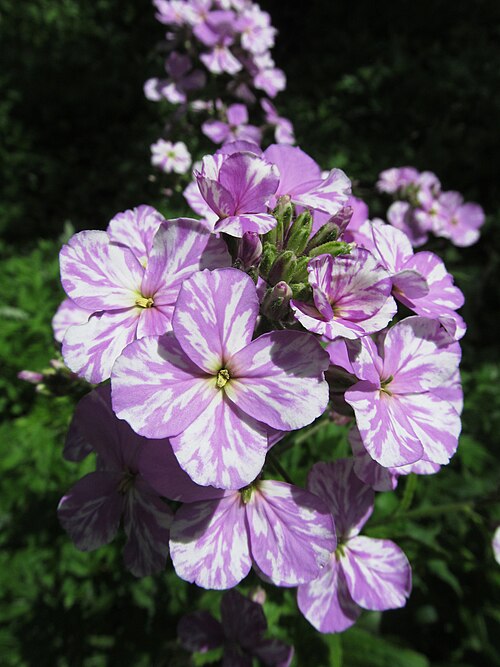
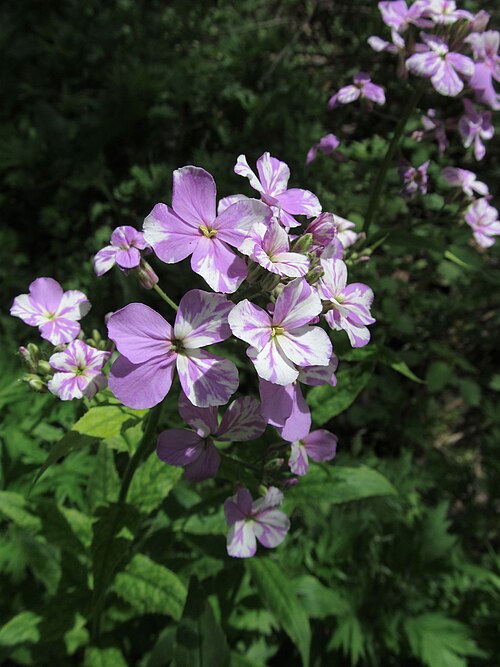
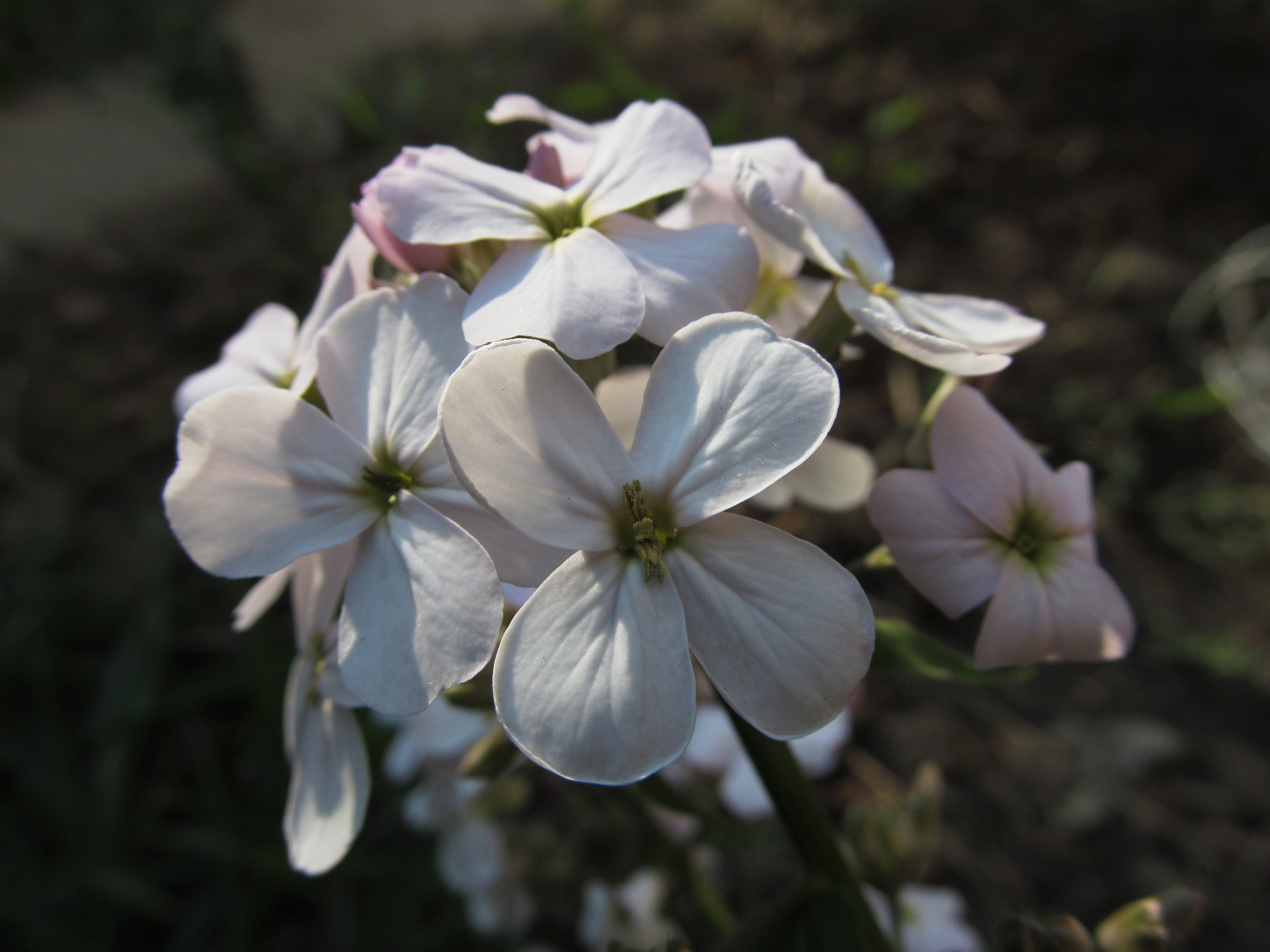
The picture above looks weirdly over-sharpened, but it is the effect of sunlight through petals that are turned up at the edges. Dame’s Rocket is lighting up roadsides and fields right now; these plants in shades from white through pink to purple were all blooming in Beechview.
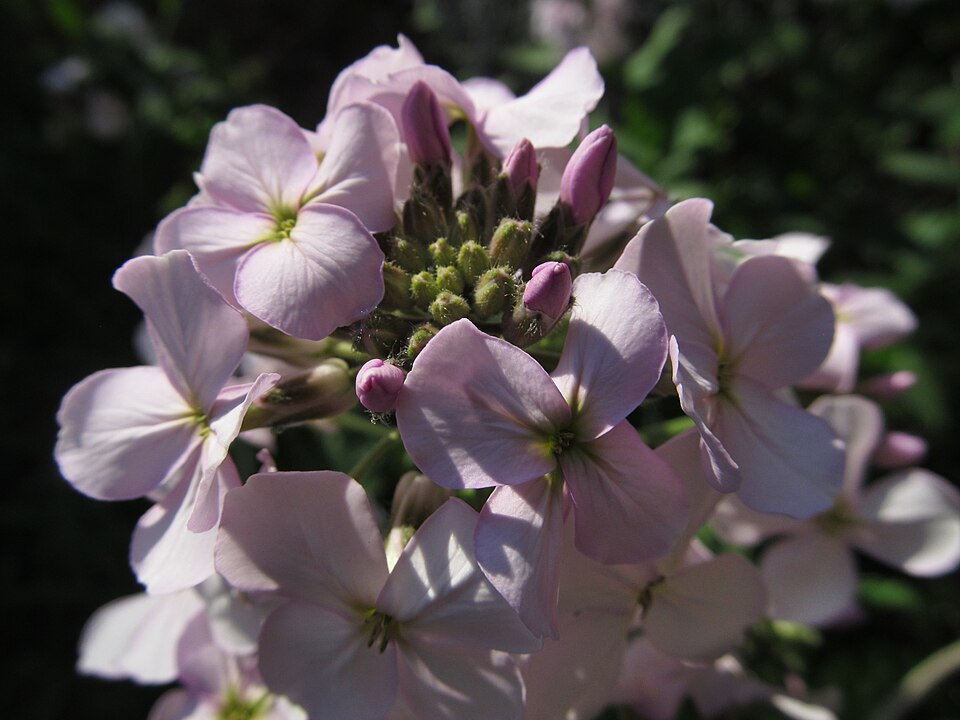
For a description of the species, see the Hesperis matronalis reference page.
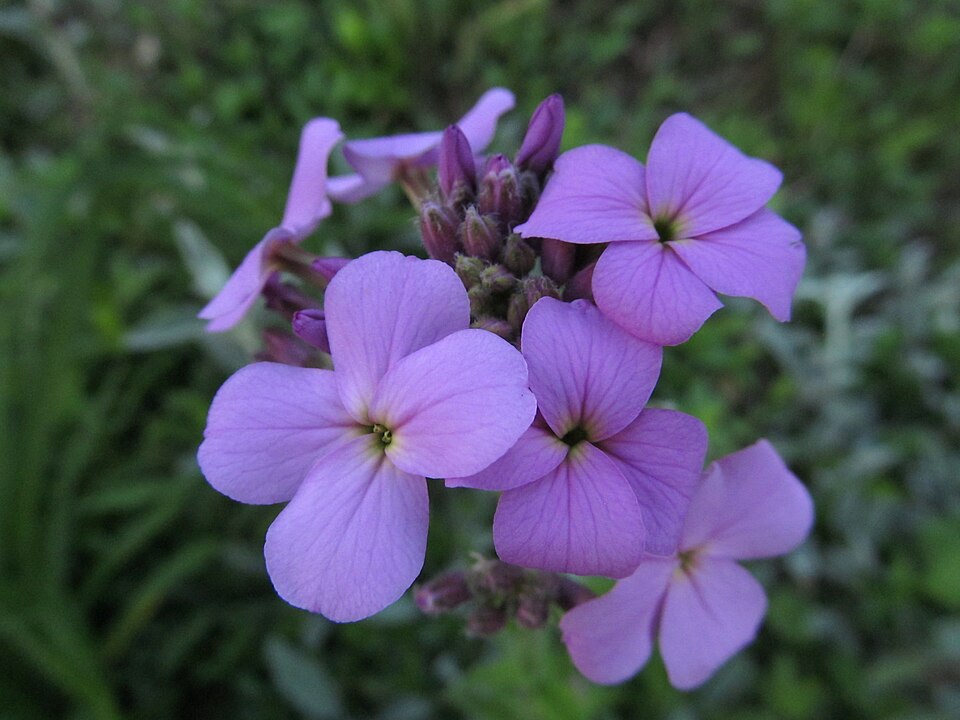
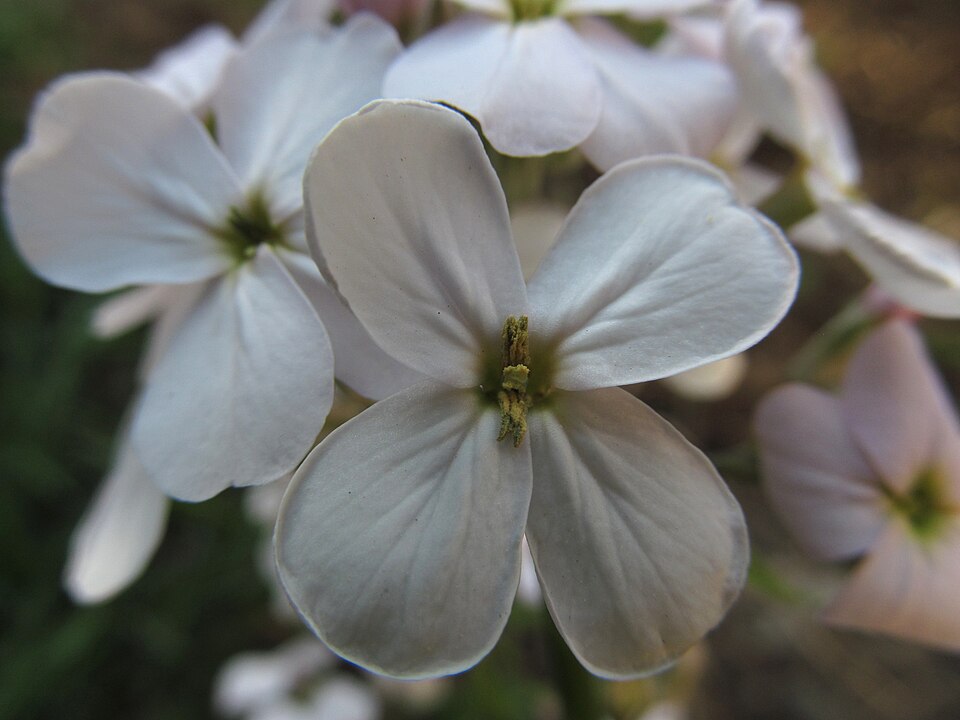
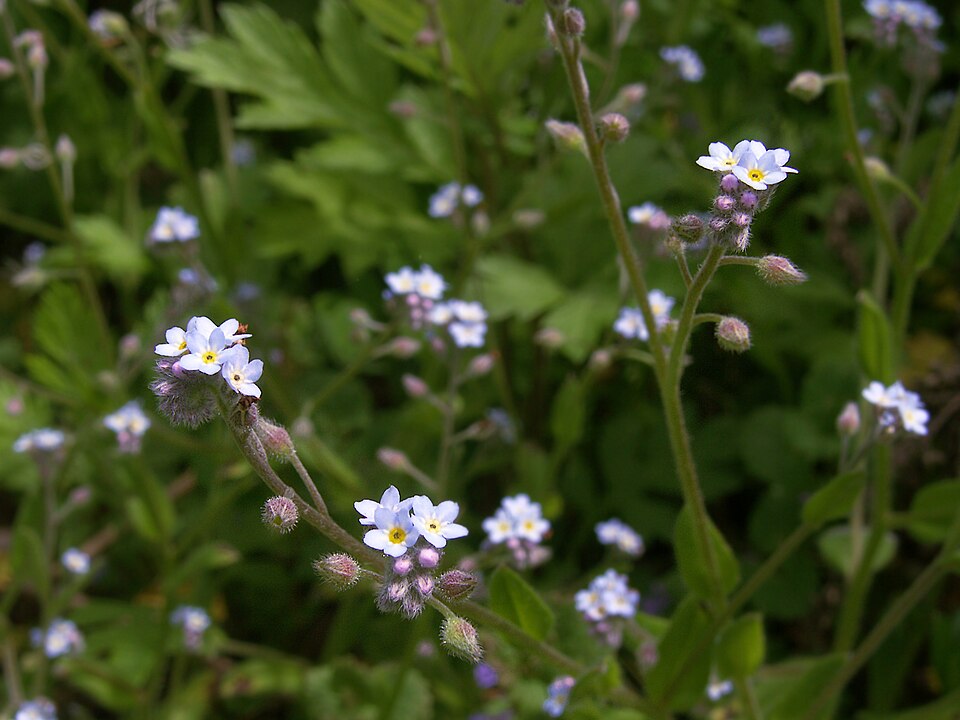
Over the past two decades, this charming little plant has grown ambitious. It began as a rare occurrence; now it is a common and nearly ubiquitous weed. Father Pitt does not pretend to explain the phenomenon; he merely observes it. These plants were blooming in the Kane Woods Nature Area in Scott Township.
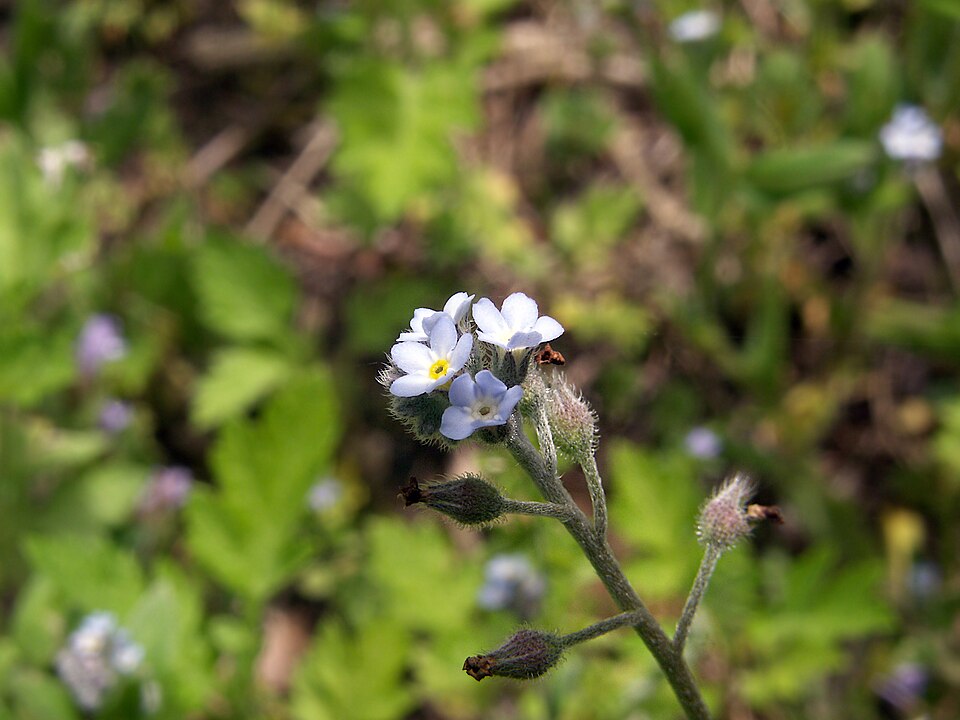
For a description of the species, see the Myosotis laxa reference page.
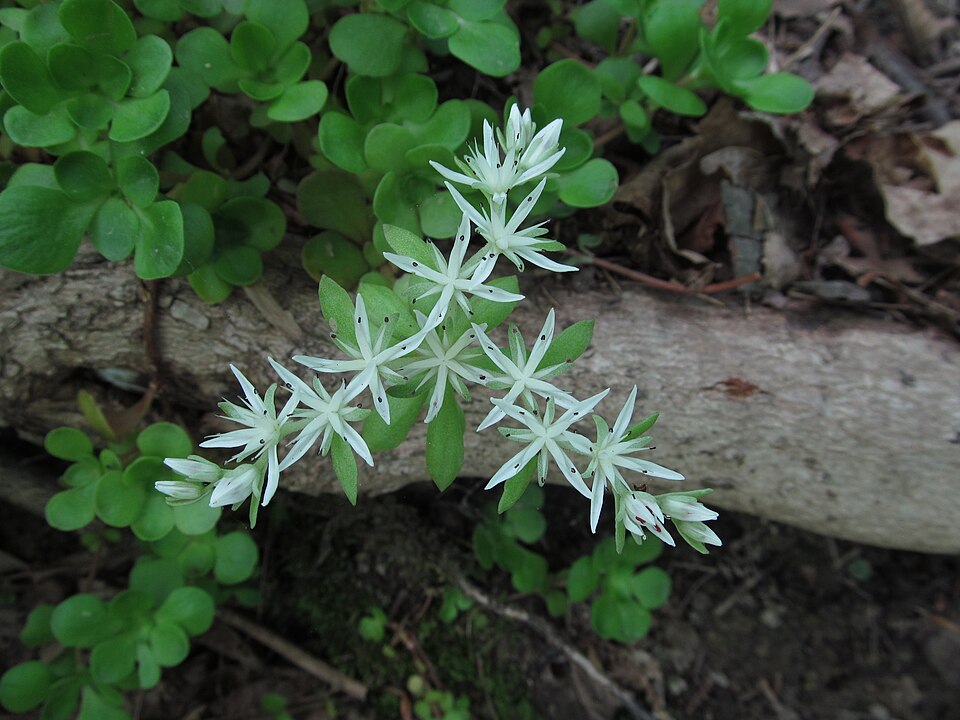
Blooming in the Kane Woods Nature Area in Scott Township, where it grows abundantly on the wooded slopes.
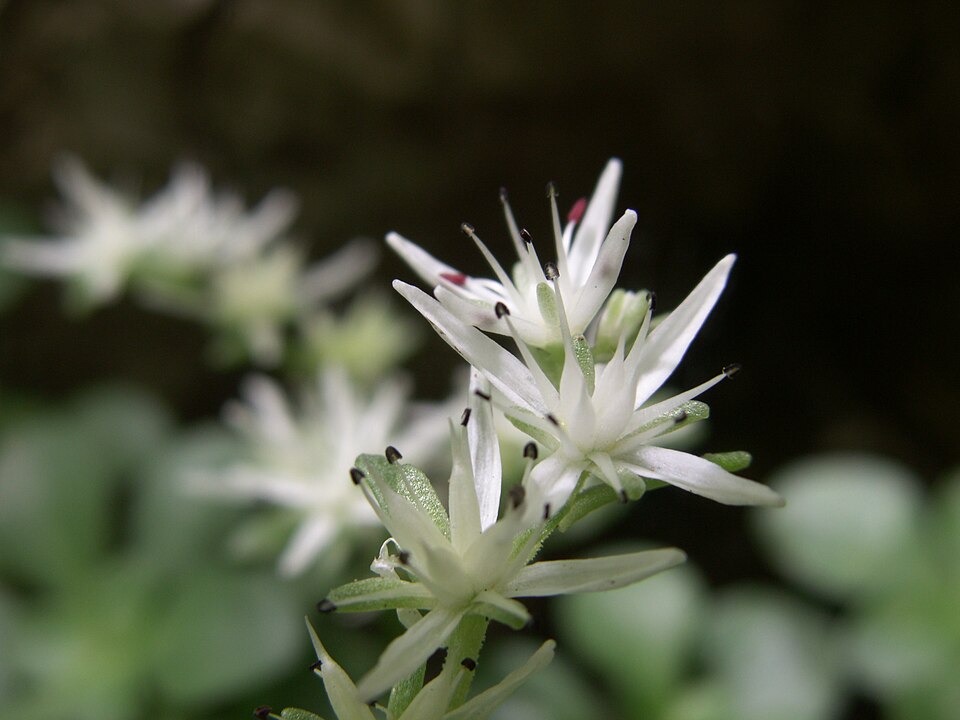
For a description of the species, see the Sedum ternatum reference page.
